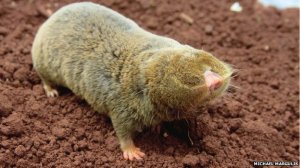News development for Breast Cancer and Cancer, aggregated from Google Alerts, for the week ending 8 August 2014.
This week leads with an article on wasp venom. Using venom is nothing new – I’ve heard of blue scorpion venom being used as a cancer treatment. Apparently the main source of the blue scorpion venom is Cuba. It’s not a cheap product (we’re talking hundreds of pounds for a month’s supply). But the reason for the expense is it’s not easy to harvest the venom [and if I were a scorpion, I would make it very very hard if someone came after my venom!]. The harvesting of the venom is not pretty – it involves using an electric probe to get it to sting and release its venom. It’s reached mainstream use too – Prof Nesslehut of dendritic cell vaccine fame uses blue scorpion venom.
This post could also be called the radiotherapy edition with some controversy surrounding the use of brachytherapy [i.e. radiotherapy that is administered intra-operatively, rather than post-surgery].
The material on flaxseed lignans and breast cancer is not new, and I apologise for including it. The internet is full of information on flaxseed and cancer, in fact most cancer nutritionists recommend taking flaxseed. As pointed out by one reader, JustOnePix, the lead author (Thomson LU) of the research article had written as early as 1995 on flaxseed: www.ncbi.nlm.nih.gov/pubmed?term=Thompson%20LU[Author]&cauthor=true&cauthor_uid=24869971 and also a trial in 2005: www.ncbi.nlm.nih.gov/pubmed/15897583. Thank you for bringing this to my attention – it is much appreciated as I want my readers to have accurate information.

Moooo … buzz. How scorpion venom is obtained: Each scorpion is milked once a month for two years,” explains Valdés, who says the average lifespan of R. junceus is ten years. “Then it’s released back into the wild to repopulate the species. Photo : Ferrán Pestaña









